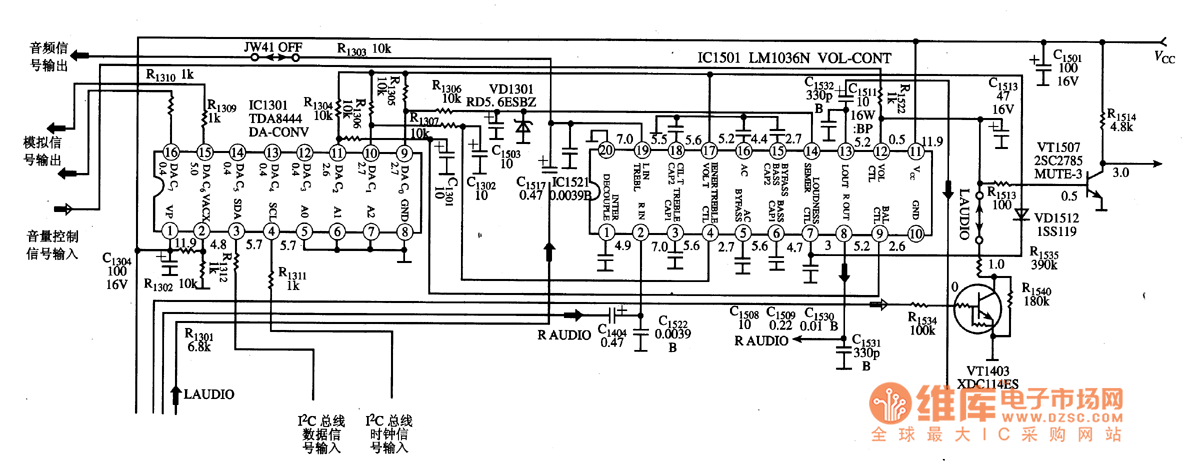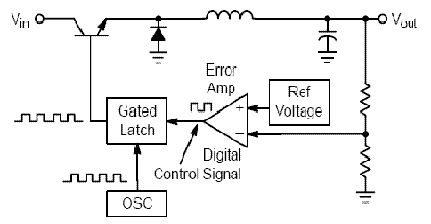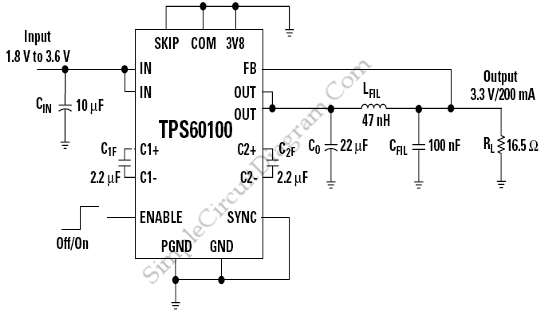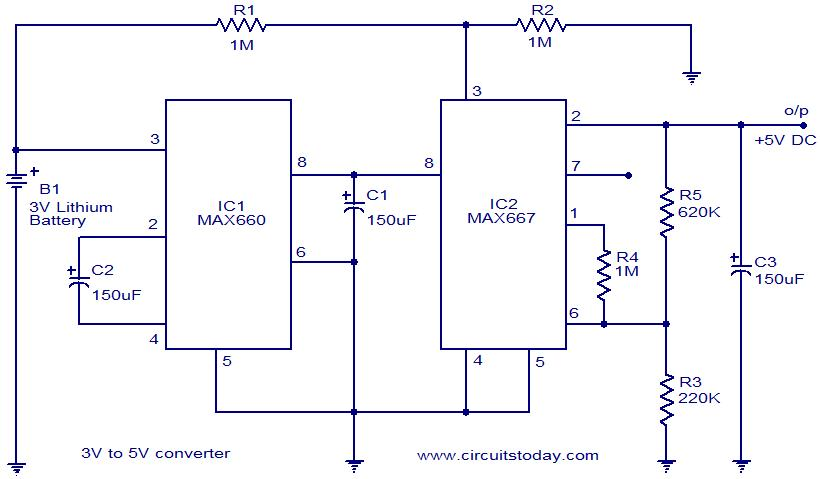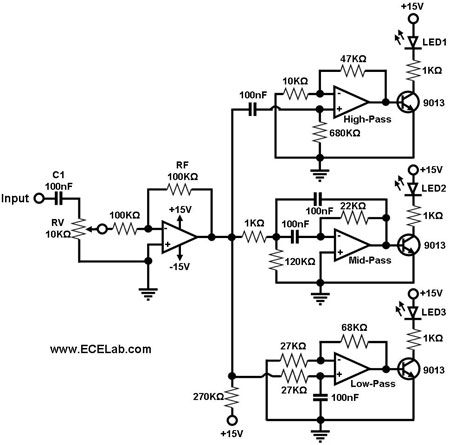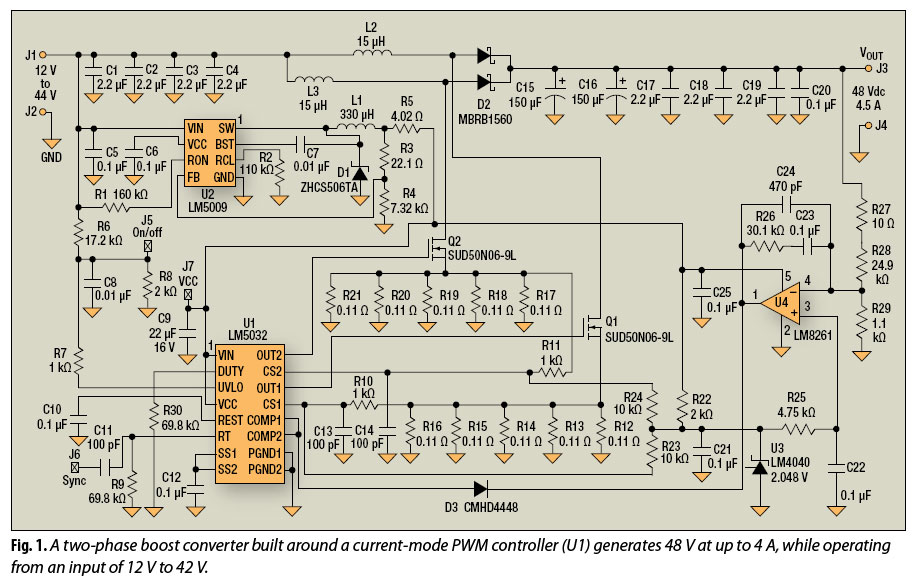
drm down converter for 455khz if
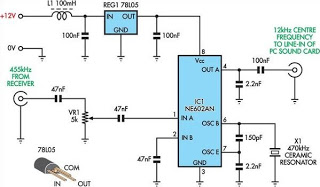
This project originated from an interest in a new form of radio transmission known as Digital Radio Mondiale (DRM), which is a digital shortwave transmission method. While there are a few devices available from Europe for decoding these digital signals, they tend to be expensive. Instead, a decision was made to modify an existing circuit by using a stable, purpose-built 470kHz ceramic resonator as the oscillator, replacing the original unstable L/C version. The 455kHz intermediate frequency (IF) signal from a shortwave receiver is input into pin 1 of a double-balanced mixer and oscillator (IC1) through a level adjustment potentiometer (VR1). The output from the NE506 (pin 4) is AC-coupled to a PC's sound card input for further processing. With the capacitor between pins 5 and 7 set to 150pF, the oscillator frequency is expected to be around 467.5kHz. To verify the oscillator's functionality, it can be placed near a receiver tuned to 467kHz, where a beat frequency should be audible. Mixing the 455kHz IF signal with the 467kHz oscillator results in an output with a center frequency of 12kHz, which is suitable for sound cards to sample the 10kHz-wide DRM signal. Several software-defined radio applications have been found to work effectively with this converter, performing all necessary demodulation (SSB, AM, FM, etc.) and various digital signal processing functions. If the setup is functioning properly, the 455kHz IF signal should be connected to the input, and the computer sound card to the output. Running the Dream software and tuning to either 6095kHz (RNZI) or 1440kHz (SBS) should allow the software to lock onto the DRM transmission, and audio should begin playing through the computer speakers. The NE602AN mixer/oscillator and 470kHz resonator are available for approximately $12.50. For additional details, contact the author via email. A CD containing various software-defined receivers and the latest Dream software decoder is also available.
The described circuit is a modification designed to facilitate the decoding of DRM signals by employing a more stable oscillator configuration. The key component in this design is the 470kHz ceramic resonator, which ensures consistent frequency output, a crucial factor for accurate signal processing. The integration of the NE506 mixer/oscillator within the circuit allows for effective mixing of the incoming 455kHz IF signal with the generated 467.5kHz signal. The level adjustment potentiometer (VR1) provides the necessary control over the signal amplitude, ensuring that the input to the mixer is optimized for performance.
The AC coupling from the NE506 to the computer sound card is essential for isolating the circuit's output and preventing DC offset issues that could interfere with audio processing. The choice of a capacitor value of 150pF between pins 5 and 7 of the NE506 is a critical design parameter, as it directly influences the oscillator's frequency stability and output characteristics. This design approach allows for the generation of a 12kHz output signal, which falls within the operational range of typical sound cards, making it feasible to utilize existing audio processing software.
The project highlights the compatibility of software-defined radio (SDR) applications with the hardware setup, enabling users to demodulate various signal types and perform advanced digital signal processing. The ability to connect the output to a PC sound card opens up a wide range of possibilities for analyzing and listening to DRM broadcasts, enhancing the overall user experience. The availability of the NE602AN mixer/oscillator and resonator at an affordable price point further encourages experimentation and development in the field of digital radio transmission.This project came about due to my interest in a new form of radio transmission called DRM, which stands for "Digital Radio Mondiale" (see This is a new form of digital shortwave transmission. A few devices are available from Europe for decoding the digital signals but are expensive. I decided instead to modify an existing circuit, using a stable purpose-built 470kHz ceramic resonator as the oscillator, rather than the original unstable L/C version. The 455kHz IF signal from a shortwave receiver is fed into the input (pin 1) of a double-balanced mixer and oscillator (IC1) via a level adjustment pot (VR1).
The NE506`s output (pin 4) is then AC-coupled to a PC`s sound card input for processing. With the capacitor between pins 5 & 7 set to 150pF, the oscillator frequency should be around 467. 5kHz. You can check if the oscillator is working by putting it near a receiver tuned to 467kHz. You should hear a beat frequency. The IF signal of 455kHz is mixed with 467kHz, giving an output with a centre frequency of 12kHz. Sound cards should have no trouble sampling the 10kHz-wide DRM signal. A number of software-defined radio applications were found to work well with this converter. These applications perform all of the demodulation (SSB, AM, FM, etc) and various other DSP functions. If all is well, connect your 455kHz IF to the input and your computer sound card to the output. Run the Dream software (see and tune to 6095Khz (RNZI), or 1440Khz (SBS). You should see the Dream software lock onto the DRM transmission and audio should start playing from the computer speakers.
The NE602AN mixer/oscillator and 470kHz resonator are available for a cost of $12. 50 - email the author for more details at jwtitmus@bigpond. com. A CD with various software defined receivers as well as the latest Dream software decoder is also available. 🔗 External reference
The described circuit is a modification designed to facilitate the decoding of DRM signals by employing a more stable oscillator configuration. The key component in this design is the 470kHz ceramic resonator, which ensures consistent frequency output, a crucial factor for accurate signal processing. The integration of the NE506 mixer/oscillator within the circuit allows for effective mixing of the incoming 455kHz IF signal with the generated 467.5kHz signal. The level adjustment potentiometer (VR1) provides the necessary control over the signal amplitude, ensuring that the input to the mixer is optimized for performance.
The AC coupling from the NE506 to the computer sound card is essential for isolating the circuit's output and preventing DC offset issues that could interfere with audio processing. The choice of a capacitor value of 150pF between pins 5 and 7 of the NE506 is a critical design parameter, as it directly influences the oscillator's frequency stability and output characteristics. This design approach allows for the generation of a 12kHz output signal, which falls within the operational range of typical sound cards, making it feasible to utilize existing audio processing software.
The project highlights the compatibility of software-defined radio (SDR) applications with the hardware setup, enabling users to demodulate various signal types and perform advanced digital signal processing. The ability to connect the output to a PC sound card opens up a wide range of possibilities for analyzing and listening to DRM broadcasts, enhancing the overall user experience. The availability of the NE602AN mixer/oscillator and resonator at an affordable price point further encourages experimentation and development in the field of digital radio transmission.This project came about due to my interest in a new form of radio transmission called DRM, which stands for "Digital Radio Mondiale" (see This is a new form of digital shortwave transmission. A few devices are available from Europe for decoding the digital signals but are expensive. I decided instead to modify an existing circuit, using a stable purpose-built 470kHz ceramic resonator as the oscillator, rather than the original unstable L/C version. The 455kHz IF signal from a shortwave receiver is fed into the input (pin 1) of a double-balanced mixer and oscillator (IC1) via a level adjustment pot (VR1).
The NE506`s output (pin 4) is then AC-coupled to a PC`s sound card input for processing. With the capacitor between pins 5 & 7 set to 150pF, the oscillator frequency should be around 467. 5kHz. You can check if the oscillator is working by putting it near a receiver tuned to 467kHz. You should hear a beat frequency. The IF signal of 455kHz is mixed with 467kHz, giving an output with a centre frequency of 12kHz. Sound cards should have no trouble sampling the 10kHz-wide DRM signal. A number of software-defined radio applications were found to work well with this converter. These applications perform all of the demodulation (SSB, AM, FM, etc) and various other DSP functions. If all is well, connect your 455kHz IF to the input and your computer sound card to the output. Run the Dream software (see and tune to 6095Khz (RNZI), or 1440Khz (SBS). You should see the Dream software lock onto the DRM transmission and audio should start playing from the computer speakers.
The NE602AN mixer/oscillator and 470kHz resonator are available for a cost of $12. 50 - email the author for more details at jwtitmus@bigpond. com. A CD with various software defined receivers as well as the latest Dream software decoder is also available. 🔗 External reference
